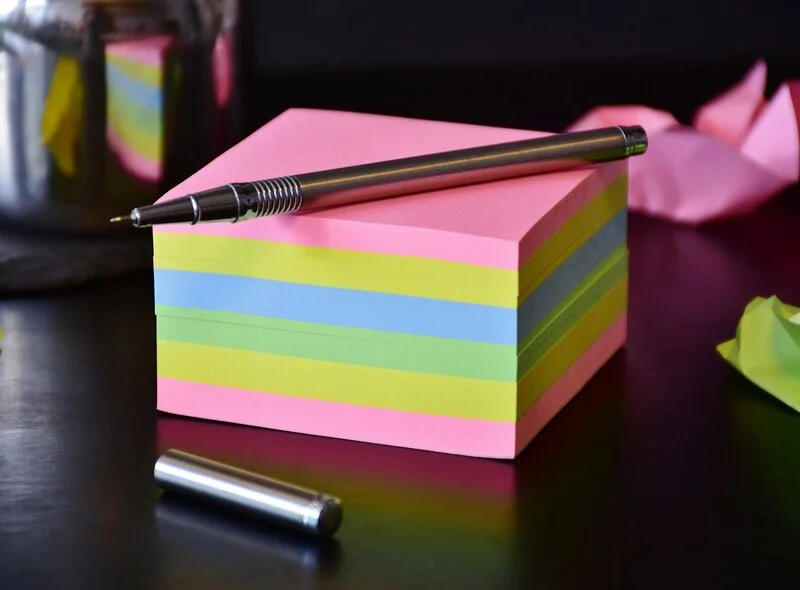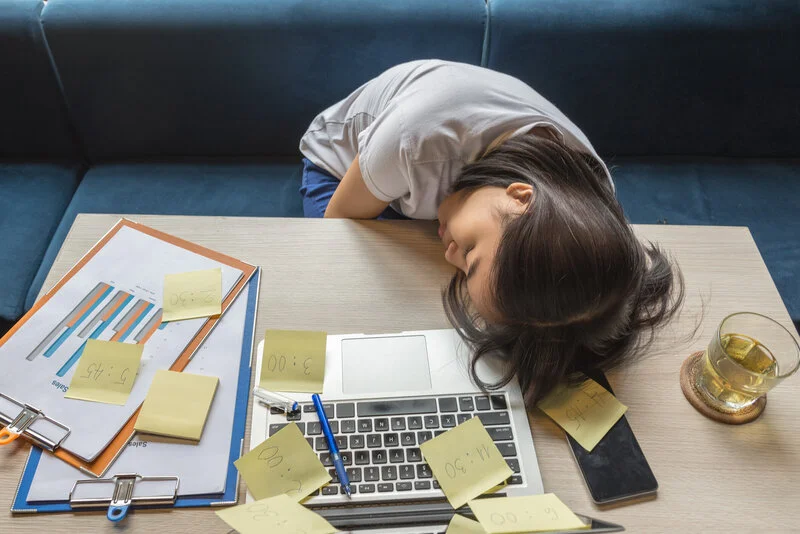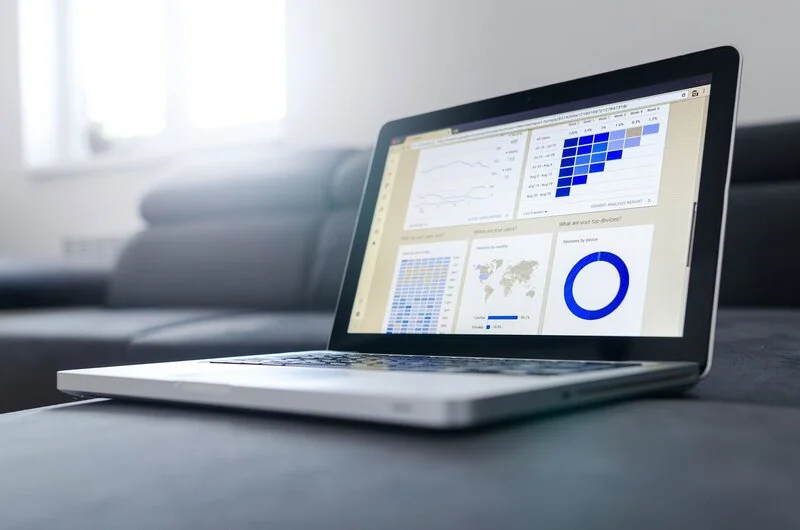Once your desk is set up and you're all comfortable, start placing your papers, folders and anything else you have in order by category. For me, I organize my papers into one neat pile as I don't have that many. In the past, I kept separate notebooks per topic or class and stacked those into a pile.
You, on the other hand, may have so many papers that they all start to blend together. If that's the case, get differently colored folders and label them. Stack those on your desk until they become a burden. Then put them into a filing cabinet.
After organizing everything by category, put the items you use the most closest to you. Having to reach for something you use every hour is going to get tiresome. Save yourself the extra step by putting the item right next to your keyboard. The items you don't use that often can be put into a basket under your desk, a cupboard or onto a floating shelf.
For decorations, try to keep them out of the way as much as possible. Wiring should be hidden or out of the way, too.



